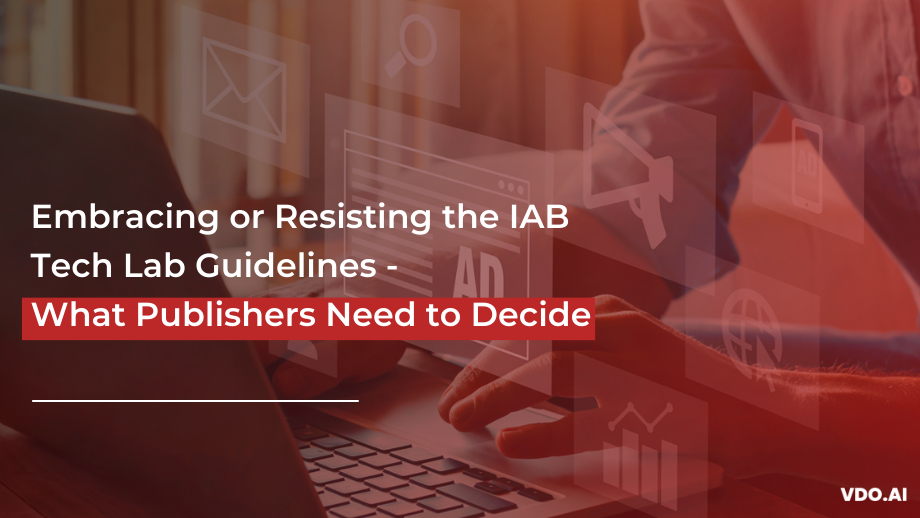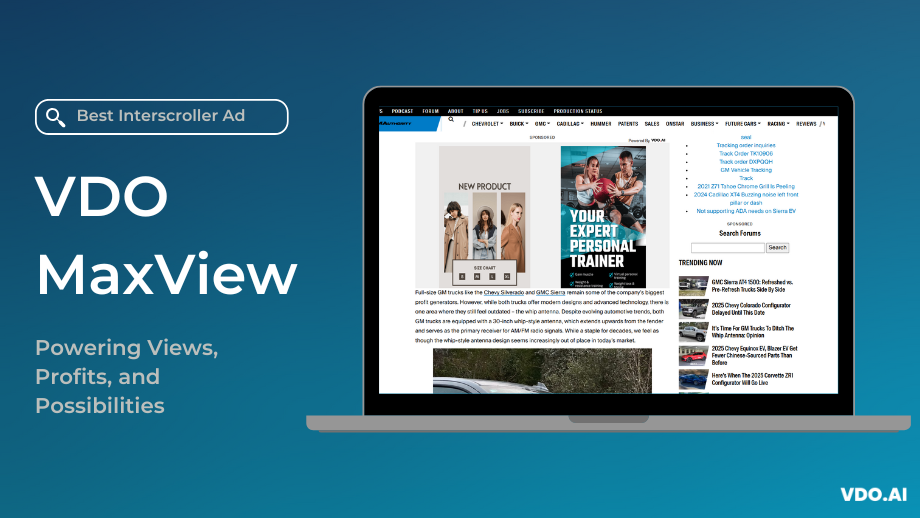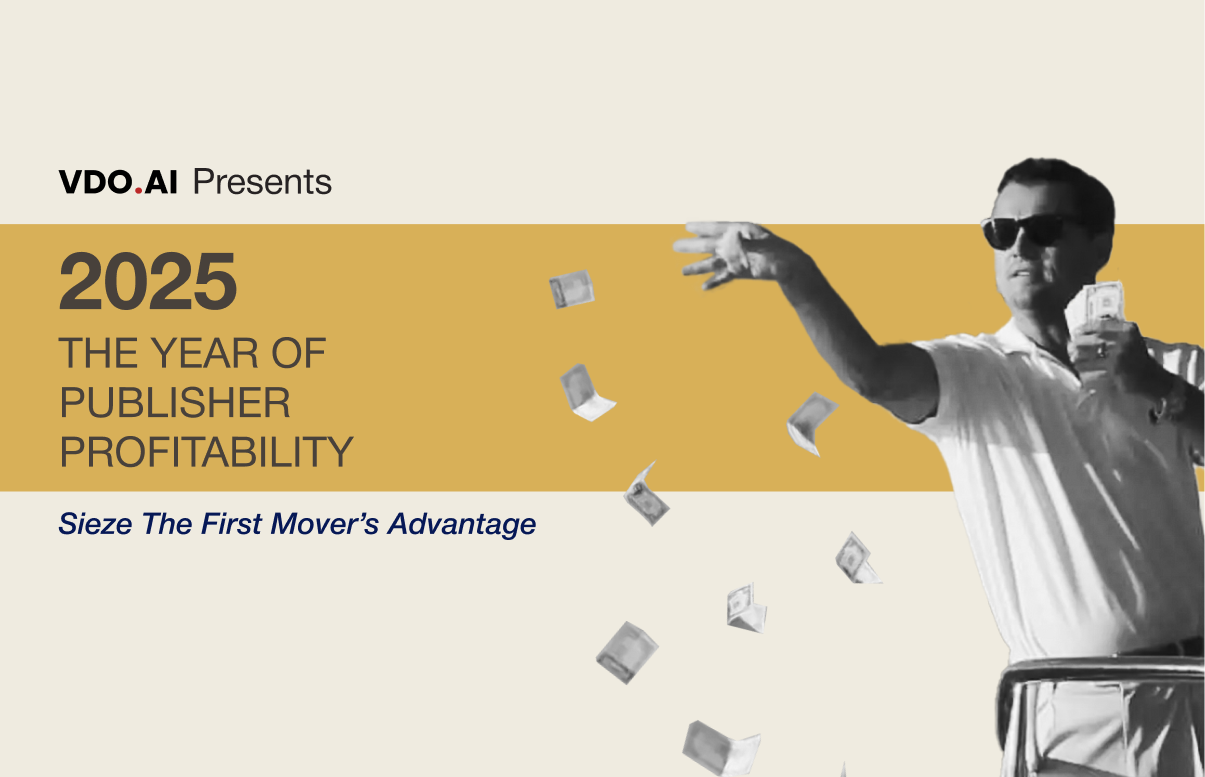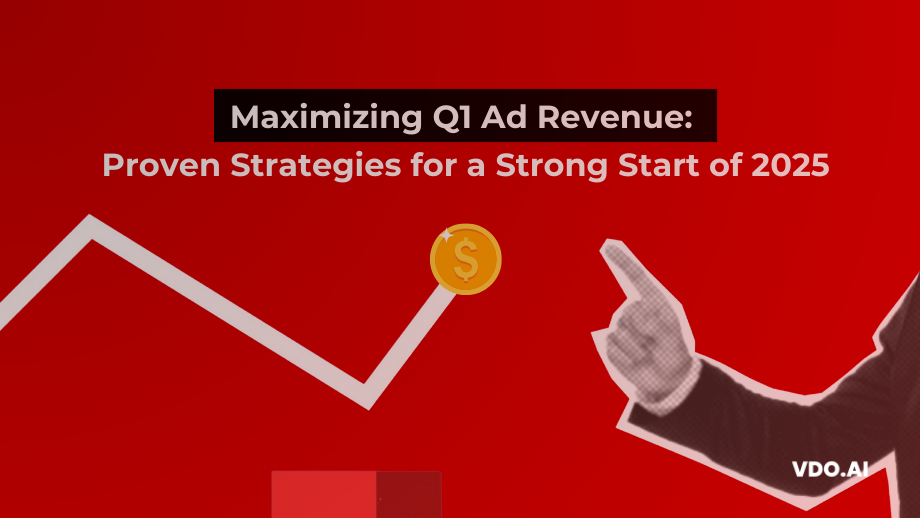Embracing or Resisting the IAB Tech Lab Guidelines – What Publishers Need to Decide
Reading Time: 3 minutesIn August 2022, IAB Tech Lab introduced new ad format guidelines for CTV and Digital Video, which revised the definition of instream and outstream video ads, modified content classification based on intent and introduced a new video type – accompanying content. These potential amendments were big, and posed a lot of uncertainty, particularly in the minds of publishers.
As months passed, in February 2023, the programmatic supply chain community, constituting of publishers, SSPs, DSPs agreed to strategically implement these new standards within their businesses.
What initially faced resistance eventually gained traction, as these strategies prove advantageous for publishers in the long term, despite initial skepticism. For publishers to better understand the changes and put in their business practices, it is very important to revisit the definitions of key terms and understand what all has changed.
Here is a detailed summary of all that has changed since the last update –
- Dual methods of classifying videos as in-stream experiences
According to a recent study findings revealed that 54% of consumers prefer watching video ads with sound either most of the time or always, while only 6% never opt for sound. However, as automatic sound-on features aren’t universally supported by browsers like Google Chrome and may not offer the optimal user experience, the latest specifications now include a classification of in-stream for videos where there is clear user intent to watch. If a video serves as the primary focus of a page and aligns with a topic requested by the user, it qualifies as in-stream regardless of whether it automatically plays with sound. Additionally, it’s crucial to recognize that the use of a floating player negates the classification as in-stream once it transitions to a floating state.
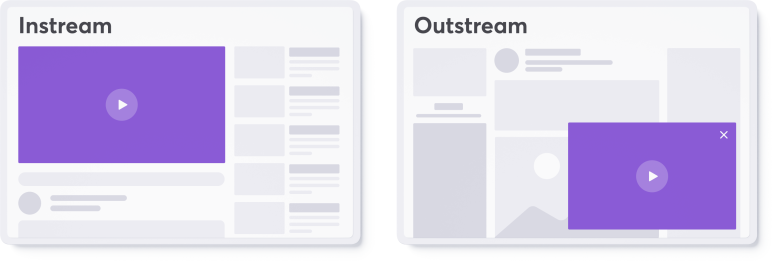
- The new guidelines delineate clear user intent
When users click on a link to explore a topic, their primary expectation is to find relevant content, regardless of its format. If a video precisely matches the subject matter of the page without prior notification, it should be categorized as Accompanying Content. Conversely, if a user anticipates a video based on a link declaration but encounters mismatched content, it does not qualify as in-stream. Additionally, user-initiated video playback indicates intent, thus qualifying as in-stream. Although audio doesn’t directly signal intent, it aligns with typical content consumption habits online. Another perspective on intent involves users actively watching a video with sound related to their requested topic. DSPs will scrutinize supply partners to ensure accurate signals. In cases where supply sources are deemed unreliable in signaling, DSPs might default to accompanying content classification, necessitating discussions with DSP partners regarding content classification.
- Accompanying content for enhanced relevance in video advertising
A novel addition to the video landscape emerges with the updated guidelines, accompanying content. This innovative category serves to distinguish between premium in-stream video and standalone ads, granting publishers the chance to propose relevant content akin to social platforms, without the outstream label. While not identical to true in-stream content, accompanying content holds significant value. Publishers can harness it to deepen reader engagement, while advertisers can target audiences with relevant topics.

Understanding it’s Implications for Advertisers and Publishers
As the industry embraces and integrates these changes, publishers leveraging these newfound principles to prioritize superior experiences for their readers will flourish, securing augmented budgets from advertisers and heightened engagement from audiences. Increased transparency surrounding video placement environments will further benefit buyers. These emerging values hold immense potential to enhance all facets of the ecosystem, contingent upon collaborative adoption efforts. By pioneering industry-wide integration, we can foster improved connectivity and transparency among buyers, sellers, and other industry participants, thereby enhancing consumer experiences across the spectrum.
At VDO.AI, we’re committed to guiding publishers through the challenges posed by recent IAB changes. Through tailored solutions and personalized support, we empower publishers to adapt and thrive in the evolving digital landscape and ensure they can optimize content monetization and audience engagement despite the shifting industry standards.
